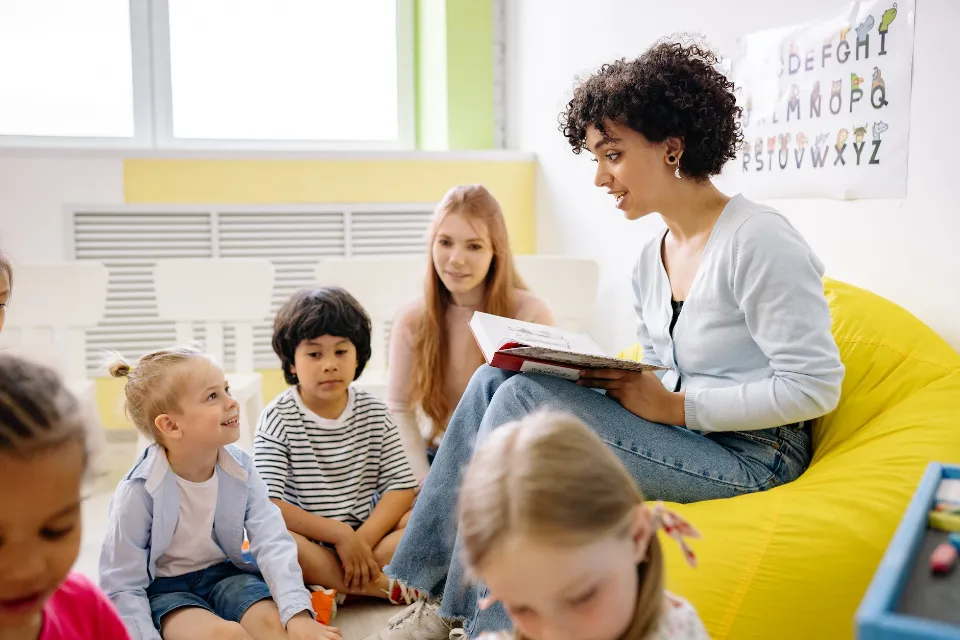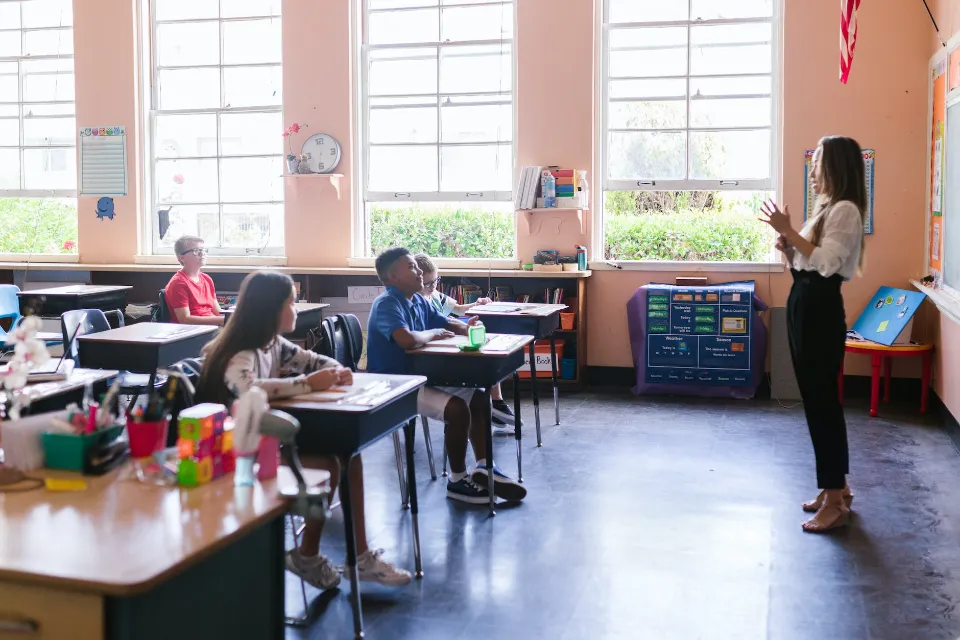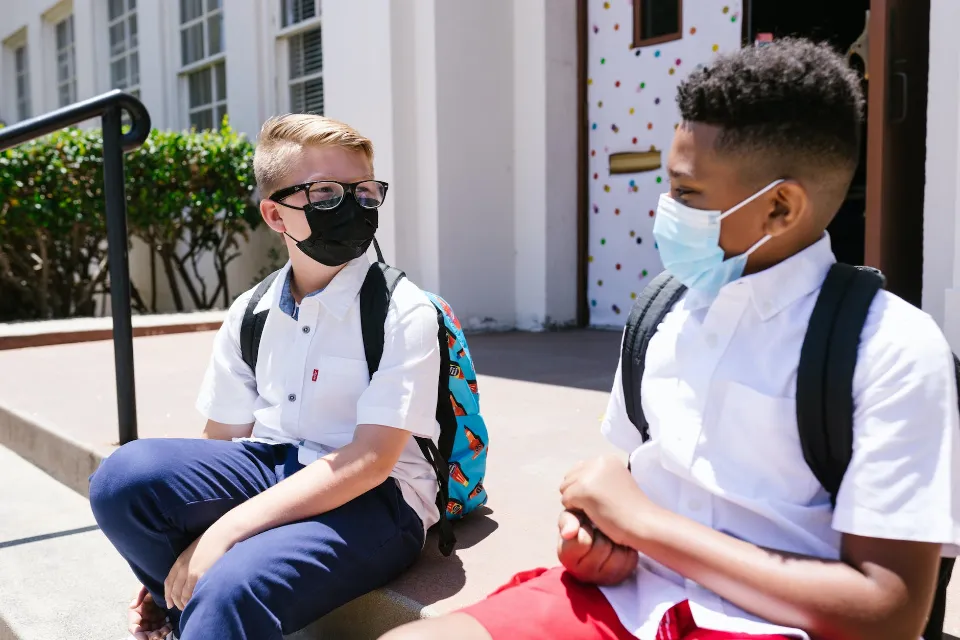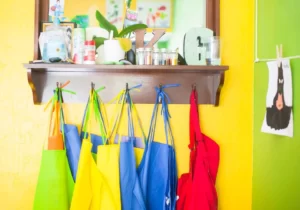
11 Golden Classroom Rules for First Graders: Get Them Ready for School!
Check out these ideas if you need to set up physical or online classroom rules for first graders.
First graders ought to have a good understanding of what school is like after having completed a year of kindergarten. So, classroom rules are very important. These first-grade classroom management techniques help students learn new material while reinforcing what they already know. We have shared classroom rules for high school, kindergarten, elementary, and preschool.
Know that teachers and teacher assistants frequently refer to these rules.
Agree to the Classroom Rules
Clear rules for children to follow are the first step in managing a first-grade classroom. Give your students a sense of ownership by asking them to agree to the classroom rules. After explaining the rationale behind each rule, have everyone sign the poster.
You can use this image to remind them of the pledge they made on the first day of class if they break the rules.
Review Good and Bad Choices
This simple sorting activity helps reinforce what your students learned in kindergarten when it comes to making good and bad choices.
Talk about how each of the choices fits in with your classroom rules; for instance, if one of your rules is “Be nice to each other,” they should recognize that “interrupting” is a bad choice for that rule, while “raise your hand” is a good one.

Assign Classroom Jobs Or Pick Helpers
First graders are unquestionably old enough to begin taking charge of some of the tasks around the classroom. You can achieve this by allocating and switching off tasks (such as handing out papers, running errands, distributing supplies, etc.).).
You could also make your life simpler by selecting just a few new helpers each week. Whatever needs to be done can be handled by these students.
Save Your Voice With a Doorbell
For first-grade classroom management, wireless doorbells are a necessity and a huge favorite among teachers. Use them as cues during group work, as attention-getters, as transitional words, and so much more.
Post Your Daily Schedule
Save yourself the hassle of “How will we proceed from here?” or “When is recess?” by posting your schedule each day. You can easily move things around by using a set of interchangeable cards attached to magnets or Velcro dots.
Since young children are frequently still learning how to tell time, including clocks as well. If your schedule is largely consistent every day, just add notes to the side noting any changes, such as important events.

Use Call-and-response Attention-getters
Where would teachers be without attention-getter phrases? These are quick and clever methods for getting kids to focus on you. Perennial favorites include: “Time to Concentrate: Hocus Pocus!” and “Boom Boom!”
Introduce Hand Signals
As a classroom management technique for first grade, take into account using hand signals. These are especially helpful when working quietly, but they also let you react quickly from another part of the room if necessary. Children who might otherwise be shy about speaking up can also benefit from using hand signals.
Try a Movement Code Word
It’s an all-too-familiar scene: You’re giving a set of directions for your next activity, and before you get a full sentence out of your mouth, kids are already heading off to gather supplies or get into groups. That crucial instruction is missed by them! A movement code word can be used to stop this behavior.
You’ll pick a word, and instruct the students to remain still and listen until you say it. (Similar to Simon Says in some ways.) Just for fun, occasionally switch up the word!
Raise Hand Unless It’s An Emergency
Children in your class should understand that interrupting without justification is impolite. Be certain to convey this to your students right off the bat. Your ability to manage the time you spend instructing will increase.

But be sure to emphasize to your second-graders that not every situation calls for raising a hand. Your students should be aware that raising their hands doesn’t always indicate that something could hurt them or someone else.
Be Honest
Instill in them the value of honesty. Remind them they can’t grow up to be like their favorite hero, otherwise. Also, explain to them the consequences of lying. Explain they not only can get in trouble with their teacher and/or principal, but they also could be in cahoots when they return home from school. Don’t let them forget that even though they may seem to be on top, liars always fall to the bottom.
Listen
You want the students to pay attention to what you’re saying, of course. You also, though, wish for them to listen out for one another. They need to value friendships, and they need to know when and when not to exert themselves. It also helps you maintain your students’ attention while they are learning, preparing them for success as they get older.
Conclusion: Classroom Rules for First Graders
Thank you for taking the time to further prioritize your classroom’s learning experience. You’re raising the likelihood of their success because of your careful planning and attention to detail. Your diligence could have a significant impact on their short- and long-term success. Enjoy the school year with your students.


